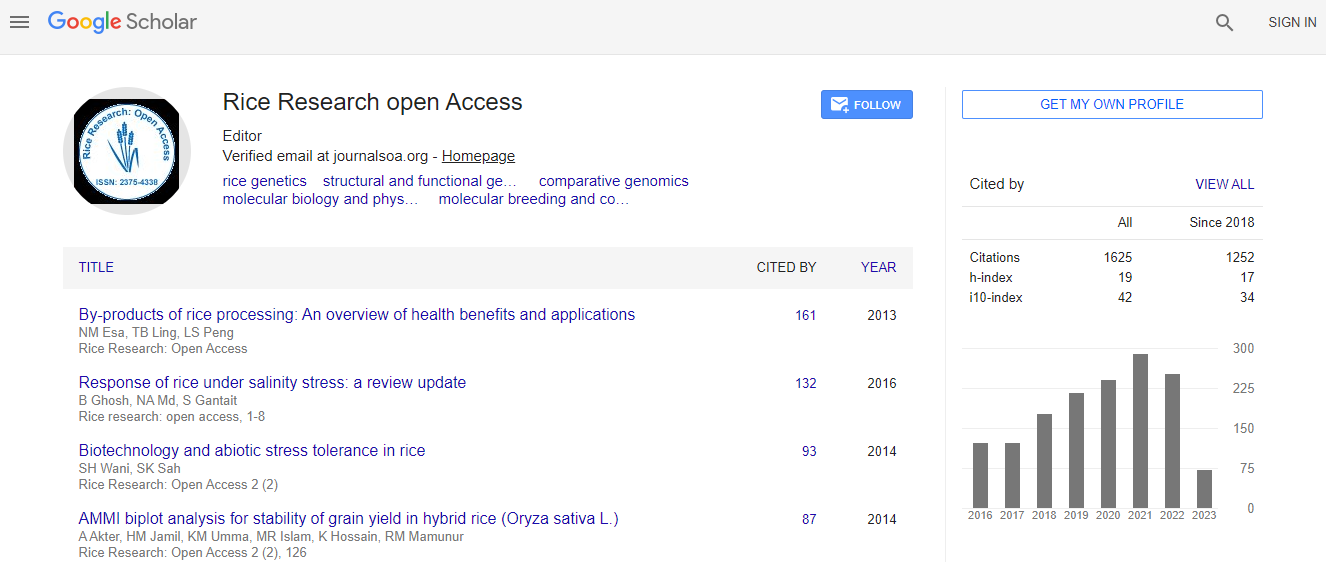Past, Present and Future perspective of Rice Production in Tanzania
Abstract
Cultivated rice is divided into two distinct types namely Oryza sativa L. and Oryza glaberrima which are commonly known as Asia rice and Africa rice respectively. Between the two subspecies Oryza sativa which originated from Asia continent around 8000BC is the most widely distributed and grown almost globally while Oryza glaberrima which originated in West Africa around 1200BC is restricted only in Africa (Porteres, 1970; Klee et al., 2000; Sweeney and McCouch, 2006). Nevertheless, both of the rice have unique domestication histories and plays most important components of human diet that energize and nourish mankind for thousands of years (Oka, 1988). Rice is the staple food and principal food crop for more than 50 % of the world’s population (Khush, 2005; Khush, 2013; https://ricepedia.org; Busungu et al., 2016). Because of its potential of feeding more people in the world the Food and Agriculture Organization (FAO) regard it as a strategic crop for food security in the world

 Spanish
Spanish  Chinese
Chinese  Russian
Russian  German
German  French
French  Japanese
Japanese  Portuguese
Portuguese  Hindi
Hindi 
